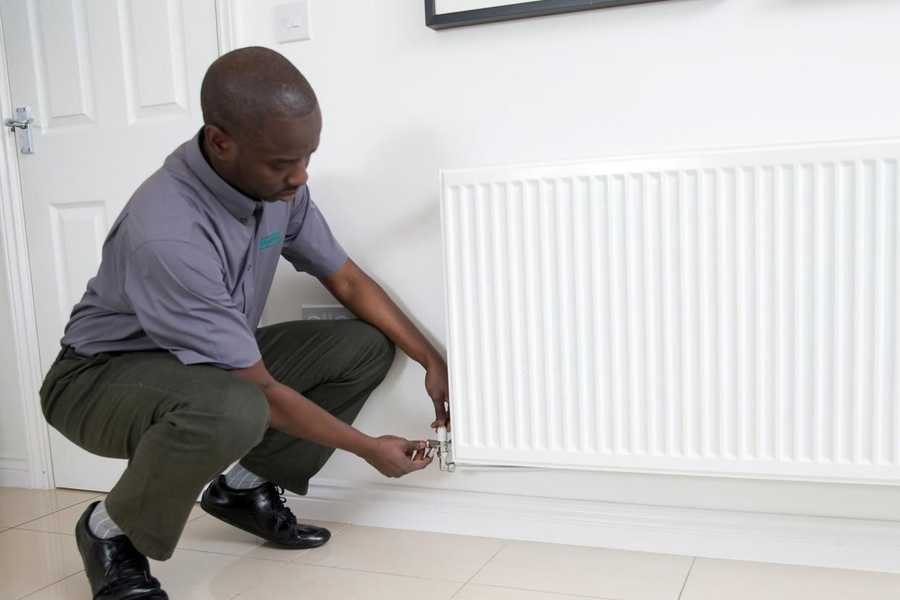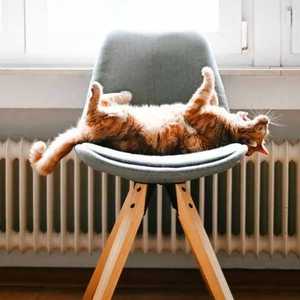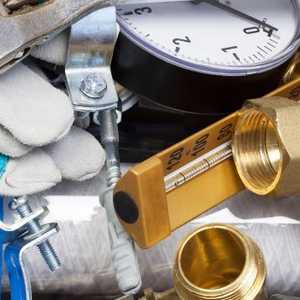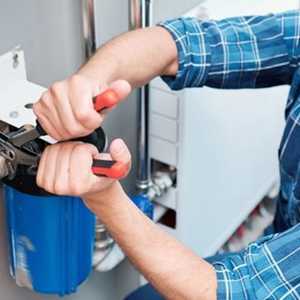How to bleed a radiator
A warm home is a happy home but if your heating isn't working then your radiators may need bleeding. Here is Rightio's guide on how to bleed a radiator.

A warm home is a happy home and to keep a warm home you need an efficient heating system that works for the whole house, not just part of it.
If your heating is not working or the distribution of the heat in your house is irregular with some radiators not heating up properly then your radiators may need bleeding but don't worry because we are here to help; so, here's the Rightio guide on 'How to Bleed a Radiator'.
Turn on your heating
In order to bleed your radiators you will firstly need to turn the heating on so that the heating system has pressure in it; ideally all the radiators should gradually become warm with each room in the house warming up too
Hint: It is best practice to bleed all of your radiators for maintenance purposes
Check all the radiators in your home
Once your heating system is on you can walk around your house and feel all of your radiators individually to determine which need bleeding. If the radiator is not hot enough, has cold spots or the heat is not evenly distributed then it may mean that there is either gas, or air, trapped in the radiator and it needs bleeding.
Turn off your heating and wait to cool
Before draining the effected radiators it is essential that you turn off the heating system and wait for the radiators to cool, this is so it is safe to drain as the radiator and the water inside will initially be very hot.
Bleed your radiators
Now it's time to grab an old towel as once the valve has been loosened then you will effectively be draining the radiator and the air and gas that will be released may be accompanied by some dirty water.
In order to bleed your radiators your will need either a radiator key or a flat edged screwdriver to loosen the radiators valve at which point you will hear a hissing noise as the trapped air and gasses escape, make sure you catch those droplets!
The released air and gas is replaced by water from your heating system and you will know when the radiator has been fully drained as the droplets of water and hissing sound will be replaced with a steady stream of water.
Hint: Put an old towel down under the valve to catch any leaking water from the radiator.
Retighten radiators
After you have bled the radiator simply turn the valve clockwise to tighten and secure whilst ensuring there is no water coming out of the valve. Once completed, repeat this process to all radiators in the house; well-maintained heating systems will be bled annually and after an maintenance or repairs have been completed.
Hint: You can get a radiator key from any hardware store
Turn on your heating & check radiators
Once you have bled all of the radiators in the property you can turn the heating back on and wait for the system to warm up. At this point, check all of the radiators in the property to ensure that they are all sufficiently warm and that the heating is dissipated correctly with no cold spots or areas.
Heating still not working?
If the heating system still is not functioning properly then it may mean a bigger problem is at hand and you may require a gas engineer to attend and investigate.
Related advice
There are plenty of actions you can take to help keep your home in check. Take a look here for the latest guides, advice and tips from our experts!
View our latest advice







